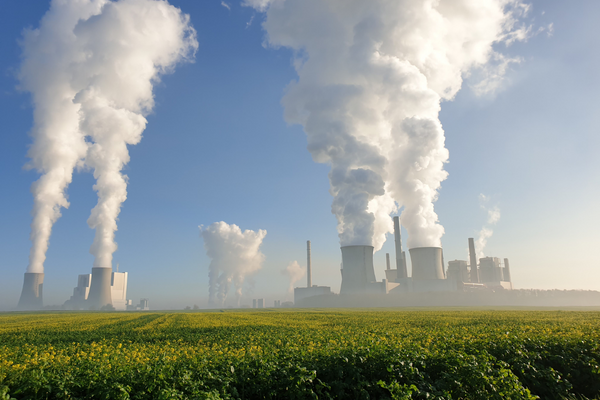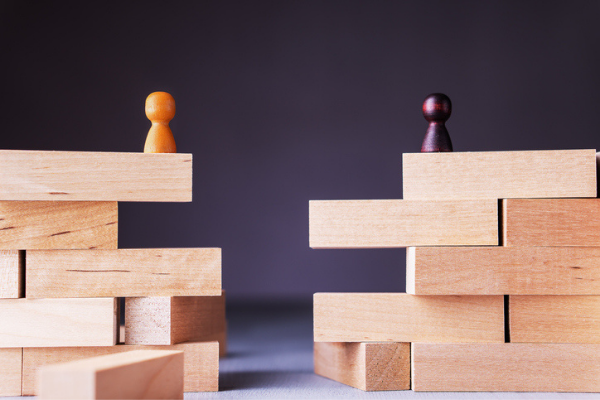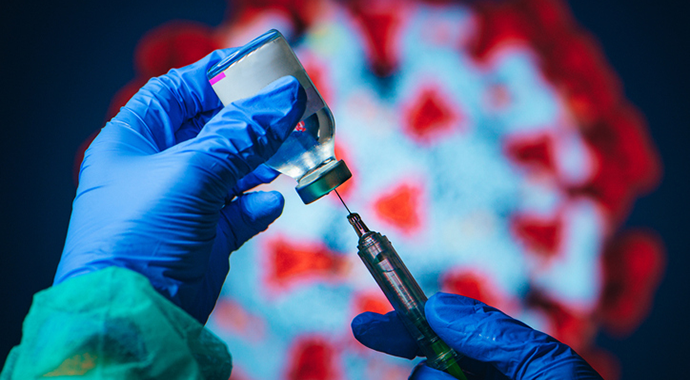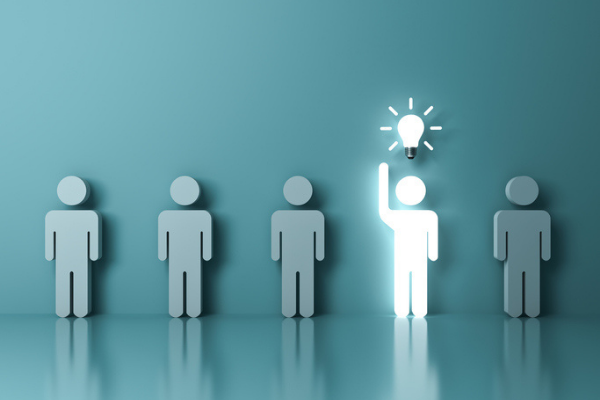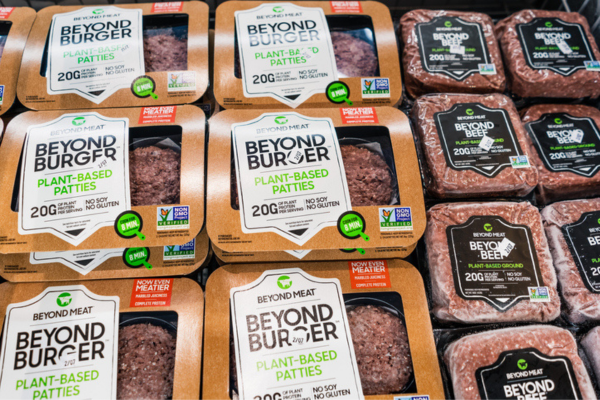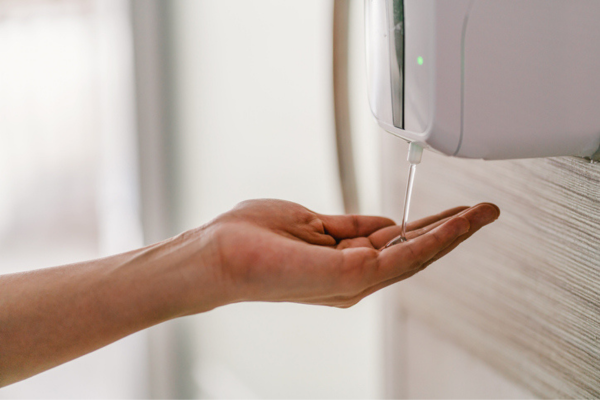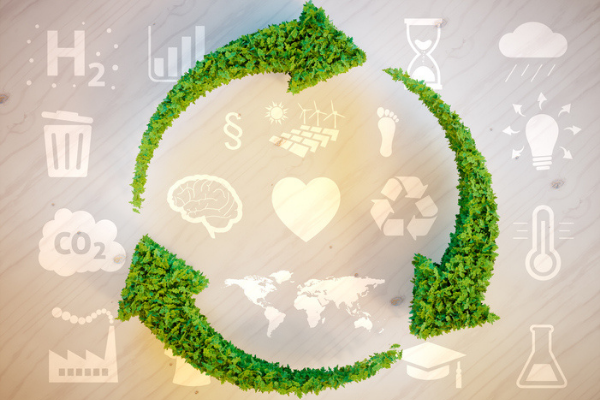
Key Takeaways:
- COVID-19's impact on Dow's operations
- How A.N. Sreeram manifested his aspiration of building a more personalized experience with clients
- Scientific literacy and how does it affects Dow’s achievements
What are some ways in which Dow operations have been impacted by the COVID-19 pandemic?
I am amazed at what our people have done and are doing. Dow products, chemical industry products, are critical in the fight against coronavirus, in protecting the food supply, in the medical equipment used to treat the sick and more. Our plants continue to operate to supply these vital materials thanks to the bravery and commitment of team Dow. We are now producing and donating large volumes, more the 200 tons per week, of hand sanitizer. Hand sanitizer has not been a Dow product. Creative Dow employees recognized the need, figured out how to reconfigure several facilities and made it happen. They did it in record time, safely, and to the high quality we demand at Dow.
All the while all Dow employees globally have been following requirements and guidance including social distancing and other safe behavior that is expected of Dow. It is cliché to say that people are our most important asset. Times like these prove the cliché. People are our most important asset. Critical materials continue to flow and new opportunities are seized because great employees make it happen. I’ve never been more proud to work at Dow.
You joined Dow in 2006. What are the biggest differences between the Dow of 2006 and the Dow of 2020?
The chemistry set, if I can use that metaphor, is ever changing, evolving continuously. The biggest difference from 2006 is in the components in the chemistry set, both the equipment and the chemistries we utilize. High-throughput research is now an engrained technology in Dow R&D. That wasn’t the case in 2006. It now touches most everything we do in R&D, accelerating the time it takes to bring innovations to market across the company.
The Dow portfolio changed considerably since 2006. The addition of silicones into our chemistry set is very exciting. Silicones provide unique properties and a tool kit we didn’t have in 2006. We continue to discover opportunities for hybrid products and explore new markets.
What major technology trends are you following with an eye toward how they may impact Dow’s future business opportunities?
The basic needs of humanity, including food, potable water, clothing, shelter, transportation, and energy, continue to be megatrends which Dow serves very well.
In addition, Dow is already solving environmental plastic and greenhouse gas emission challenges – two technology related trends that are reshaping the entire chemical industry, and frankly, all industries. We focus on products and processes that are both more sustainable and offer improved performance. We focus on making materials that are more easily recycled, essential for the circular economy. New processes are required to dramatically reduce greenhouse gas emissions and we are innovating against that challenge. Processes that are substantially more energy efficient are possible, as are processes that use renewable energy. Current efforts on process improvements will certainly impact business in the future.
Sustainability themes drive product innovations, too. I am proud of our history of sustainability related innovation. We have a robust pipeline of products that reduce resource use, save energy and water, and introduce alternatives to materials that are concerning. We continue to introduce innovations that address customer needs in the most sustainable way possible.
In a June 2014 C&EN profile, you said the following, “We will put greater emphasis on collaborating with customers because that’s what it takes to commercialize new products faster. I want to have a seat at our customers’ design tables.” How has that aspiration manifested itself since 2014? And have you been successful – as a result - in commercializing new products faster?
“Seat at the design table” actually describes what we’ve achieved pretty well with many of our key customers. It is more than simply a close working relationship. It involves trust. It involves a true partnership. It involves collaboration across the full value chain and development timeline. We’ve taken this concept further than we had thought possible in 2014. I thank our customers and value chain partners for participating in this journey – it is an honor to work with them to deliver great innovations to the world.
We’ve built an R&D organization that delivers results. High-throughput research is fully integrated into R&D workflows. We have also fully integrated high-performance computing from ab initio calculations to design of experiments, generative modeling and genetic modeling. These abilities underlie our success, but it isn’t just about number of experiments. You still need to target efforts – prioritize use of this unique capability – and that is where a seat at the design table brings benefits. We work on projects that have a path to market. Our relationships, the close working partnerships and our ability to innovate faster creates real innovations and real value – significantly cutting the time from idea to commercial success.
The pace of new product introductions increased while performance expectations continue to increase. Let me give one example. Koehler paper and Dow were recognized by the Green Chemistry Challenge for a more sustainable thermal paper, marketed by Koehler as BLUE4EST™. It is thermal paper free of chemical developers.
ROPAQUE™ NT-2900 Opaque Polymer made by Dow enables this technology. The result is a thermal paper that can easily be used in any conventional thermal printer without the chemical developers that cause concern and providing better performance. The images and printed text last longer, they aren’t influenced by sunlight and humidity, and the paper is the first thermal paper approved for food contact. Better performance and simultaneously more sustainable.
What is the most challenging part of your job? And has that evolved since you started in your current role?
I see every challenge as an opportunity for Dow to get better – as an opportunity for Dow to differentiate itself. Challenges are part of the job. My job is about technology and people – recruiting, developing, and retaining the best talent in the world, and assuring that state-of-the-art capabilities are available for them to excel.
The days when a round-bottom flask and a hood were the only required capabilities are long gone. Dow invested heavily in high-throughput research since I joined. High-throughput tools enable more and faster experiments than ever before, increasing our probability of success through error reduction and statistically robust experiment design.
We are increasing our modeling and data analytics capabilities. These capabilities, in the hands of skilled scientists and engineers, allow us to innovate faster than ever before. I love the challenge of bringing forward new innovations, products that make a difference in a marketplace that is constantly evolving. It is incredibly rewarding to observe the inventiveness of our people. The challenges and tools continue to evolve, but it is the people that make innovation possible.
Among your scientists at Dow, what non-technical skills do you most highly value?
I would have to say the combination of passion for great science and engineering, working collaboratively across teams and time zones, and perseverance that finds a way to solve seemingly intractable problems.
There are certainly many ways to be successful, but time and time again I see it is the folks that just won’t quit that get the job done. I like to think of the Dow diamond as a kind of map of what we do. We start with a problem to solve. We expand the search space, considering and evaluating many diverse ideas with inputs from across our global organization, from scientists and engineers with different backgrounds and experiences. We then begin the process of narrowing toward a practical, viable solution.
Ideas and opportunities become products solving customer needs, thanks to the passion and perseverance of Dow people. Like the diamond, we start at a point in space, diverge and expand with vibrant ideas, and converge to a different point in space with a solution that the marketplace demands.
How would you characterize the scientific literacy of the U.S.? How does it impact what you are trying to achieve at Dow?
Many of the problems we face do not have readymade solutions. These problems require more than a superficial level of understanding of engineering and science. We can absolutely improve data literacy in the U.S. We need more people that understand statistics. We need more people who are compelled by data in making decisions – people who extract information from data, who create knowledge from information and ultimately derive wisdom from knowledge.
We need wisdom to anticipate and solve problems. We need better life-cycle analysis incorporated into our thinking. Dow products virtually always provide a benefit in use that far exceeds any environmental burden created during manufacture. They are better than alternatives in most, if not all, parameters. I remain hopeful that education efforts will increase scientific literacy, driving better decisions.
What do you view as Dow’s most consequential sustainability issue? And what is Dow doing to address it?
All sustainability issues are consequential and there are many. The whole value chain needs to be involved in tackling these issues – from raw materials makers, to goods producers, to distributors/retailors, to consumers and municipalities. That is why Dow took action as a founding member of the Alliance to End Plastic Waste. AEPW is about collaboration to solve a global issue. It brings together the entire plastics value chain, world-class technical, materials, logistics and engineering expertise, to find solutions. We will foster innovation, fund opportunities and bring together the necessary partners to overcome the issue of plastic in the environment.
We also are addressing other sustainability challenges. We continue to innovate new products and processes that are more efficient, reducing energy use and emissions. We are creating products and processes that enable the circular economy. We apply life-cycle thinking to target our activities. Life-cycle thinking is the best tool we have to prioritize actions. We need to understand the life-cycle benefits of our products and we need always to reduce the burdens. Use of life-cycle thinking to direct action will ultimately make the world more sustainable and drive better decisions.
What advice do you have for your mid-career chemists to help them thrive in a dynamic workplace?
Continue to cultivate your scientific passion, and always seek truth with good engineering and science mindset. The rest will follow.
What are some of the ways you try to hire, develop and retain young talent at Dow?
We recruit at top universities, and we engage in research at top universities. We empower those we hire with great capabilities and challenge them to come up with novel solutions. We continue to push the envelope. High performance computing is growing in importance and we are hiring for particular expertise, but we are also enabling the entire organization to reap the benefits. We hire well, provide relevant challenges, and provide our researchers access to the tools needed for success.
What was it about your time at Alfred University, where you earned your Master’s Degree, that motivated you to later serve on that university’s Board of Trustees?
The new president came calling and I was happy to help them.
You’ve done a fair amount of traveling in your career. If you were forced to re-locate Dow’s Midland campus to anywhere in the world, where would you place it?
Nowhere but Midland – if you speak Latin, Midland translates to Milan. Take the first derivative of distance – we are in the middle of nowhere. The second derivative – we are in the middle of everywhere. Many people make fun of small town Midland. They shouldn’t. It offers many advantages – great local K-12 schools, easy commuting, plenty of activities for families including arts, outdoors, and sports, and reasonable cost of living. We experience very high retention. It is a great place and the place I want to be.
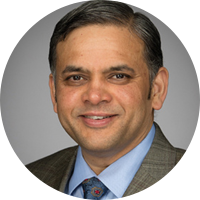
A.N. Sreeram is the Senior Vice President and Chief Technology Officer for Dow, where he focuses on accelerating new product commercialization through strategic collaboration with Dow’s businesses and customers.
Sreeram leads a vibrant R&D organization at Dow focused on step-change technology development aligned with market demand. Under Sreeram’s leadership, Dow transformed its innovation approach, significantly growing high-throughput experimentation and analysis capabilities extending from material discovery and processing through to application development.
Sreeram has established strong value chain partnerships, giving Dow a seat at the customer’s design table and strong connections to market signals. Dow’s innovation pipeline is strongly aligned with strategic growth areas and global challenges, and empowering Dow researchers to excel. When combined, the capabilities and expertise of Dow’s R&D organization provide a distinct competitive advantage, enabling the company to more quickly develop products, ensuring that new products meet customer needs, and rapidly commercializing new innovations into established and emerging markets.
Products developed at Dow under Sreeram’s tenure have received many awards for innovation and sustainability, including R&D 100 Awards, Edison Awards, and the Presidential Green Chemistry Challenge. Examples of award winning technologies include EVOQUE™ pre-composite polymer for paints, INNATE™ Precision Packaging Resins, INFUSE™ Olefin Block Copolymers, DOWSIL™ EP-9610 Cosmetic Powder, ECOFAST™ Pure Sustainable Textile Treatment, Dow Performance Silicones Moldable Optical Silicone, ROPAQUE™ Opaque Polymer for BLU4EST™ Thermal Paper, ACCUTRACE™ fuel markers and VORAGUARD™ polyol for combustion modified high resilience polyurethane foams.
Sreeram served as Vice President of R&D for Dow Advanced Materials prior to assuming his current role. He joined Dow in June 2006 as Vice President of Core R&D, driving innovation in a number of key market segments, including automotive, infrastructure and health. He led the adoption of high-throughput technologies to significantly accelerate the R&D process, while lowering costs and dramatically increasing product successes.
Prior to joining Dow, Sreeram served as the Global Technology Director and Chief Technology Officer for DuPont Electronic Technologies. Prior to this, he served as Vice President of Worldwide Technology for Cookson Electronics, and, before that, he led the Electronic and Flat Display Program for Sarnoff Corporation.
Sreeram serves on the White House’s President’s Council of Advisors on Science and Technology (PCAST), since his appointment in October 2019. PCAST advises the President on matters of science, technology, education and innovation policy, informing public policy relating to the American economy, the American worker, national and homeland security, and other topics. Sreeram holds more than 20 U.S. patents, earned his doctorate degree from the Department of Materials Science & Engineering at Massachusetts Institute of Technology (M.I.T.), and his master’s degree in Glass Science from Alfred University in New York where he currently serves as a member of Board of Trustees. He is also a graduate of the ceramics engineering program at the Indian Institute of Technology – BHU in Varanasi, India.
Copyright 2020 American Chemical Society (All Rights Reserved)

